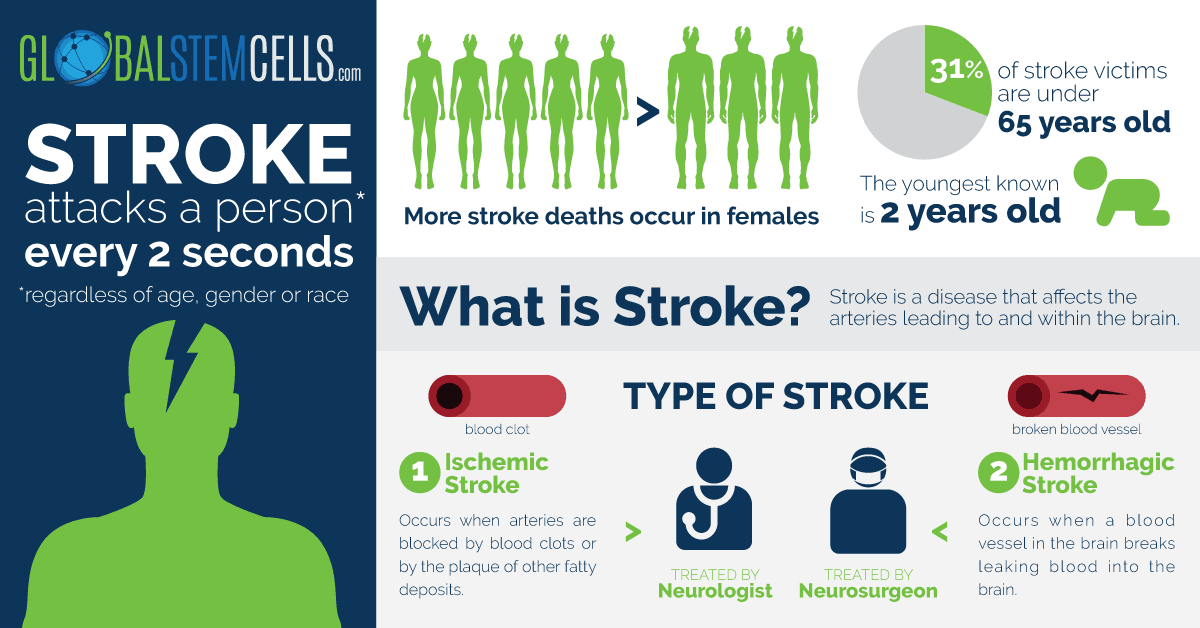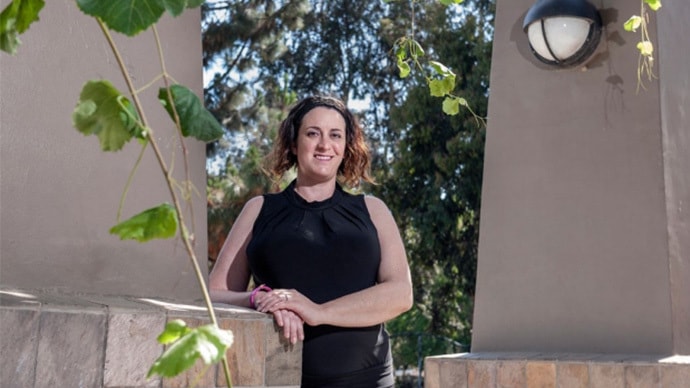Scientific studies have shown that people disabled by a Stroke exhibited substantial recovery long after the occurrence when modified adult stem cells were injected into their brains. Injecting modified and adult stem cells directly into the brains of chronic Stroke patients has proven to be not only safe but effective in restoring motor function.
The patients who were mobilised, all of whom had suffered their first and only Stroke between half a year and three years prior to receiving the injections remained conscious. This happened under mild anaesthesia in the course of the entire procedure, which consisted of drilling a small hole through their skulls and they were discharged several hours later.
Despite the fact that 75 percent of them suffered from transient headaches following the procedure there were no side effects that could be linked to the stem cells or otherwise life-threatening negative side effects linked to the procedure used to administer them. The headaches were possibly as a result of the surgical procedure and the physical constraints utilized to ensure its accuracy.
Promising Results
The promising results have created a platform for an expanded trial of the procedure that is underway as it is. They also deem creative and innovative thinking regarding the permanence of brain damage necessary as mentioned by Gary Steinberg, who has many years’ worth of experience in working with stem cell therapies for neurological indications.
These were clinically relevant results although it was just a single trial that was small as per reports, involving a trial of 18 patients. The trial was formulated with the aim of testing the safety of the procedure. However, patients improved by a number of standard measures, and this enhancement was not only statistically important but also clinically meaningful. The patient’s ability to move around was clearly evident in spite the fact that six months out from a Stroke, one cannot anticipate any further recovery of the patents from the condition.
Stroke Statistics
About 85 percent of all Strokes occur when a blood clot forms in a blood vessel supplying blood to part of the brain with subsequent intensive damage to the affected region. The distinct loss of function incurred depends on the specific point where within the brain the Stroke occurs and its extent.

Although approved and recommended therapies for Stroke exist, in an effort to be effective they must be administered within a short while of occurrence a time frame that often is exceeded by the amount of time it takes for a Stroke patient to get medical help from a treatment centre.
As a result of this, only a small percentage of patients benefit from treatment during the acute phase of the Stroke. Most of the survivors end up with enduring disabilities with some lost functionality returning however limited.
More importantly, the post-operative improvement of Stroke patients was independent of their age or the severity of the condition at the onset of the trial. This could revolutionise the concept of what takes place after not only Stroke but also traumatic brain injury and even neurodegenerative disorders.




 English
English